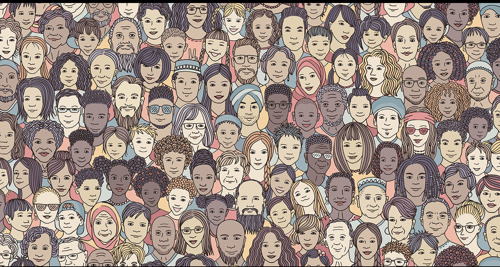People, things and processes interact every day. And Digital Twins mimic these things and processes. So it is vital that people get on well with the twins. Take Formula One. There is very little track testing. Car design and set up changes are tested every week using sophisticated driver-in-the-loop simulators. These Digital Twins detect tenths of a second differences in lap times. The drivers trust the twins because the visual, audio and haptic cues are familiar and meaningful.
Including people in the design of a twin increases collaboration, builds trust, and speeds up decision-making. There are important ways of including people.
► Embrace their different values, preferences and motivations
► Provide clear and meaningful metrics, intuitively displayed
► Operate in real-time.
Dealing with the different values, preferences and motivations of people is hard. But the beauty of the twin is that it exposes the effects of the choices that people make. This provides a common language between the folk who are trying to find a solution to a complex problem.
Intuitive metrics are important. This leads to fruitful interaction. Metrics can be such things as price, time left before damage, and other such quantities. In Formula One, lap time is a common metric that is universally and immediately understood. Metrics can be presented as events, trends or deltas, depending upon the questions being asked.
People think and act in real-time, so naturally interact more easily with a Digital Twin that doesn’t keep them waiting. But operating in real-time doesn’t mean that everything is being continuously updated all of the time. That would be difficult and sometimes impossible. It does mean that the data is fresh, and recommended interventions come in time to make a difference.
So, think hard about who is using the Digital Twin, and what they are hoping to achieve. Then make the twin speak out clearly and be understood. Remember, people matter.

Read the previous Digital Twin blog, 'Back to the future. History, science and maths' here. And catch up with all the blogs in our Digital Twin series here.

